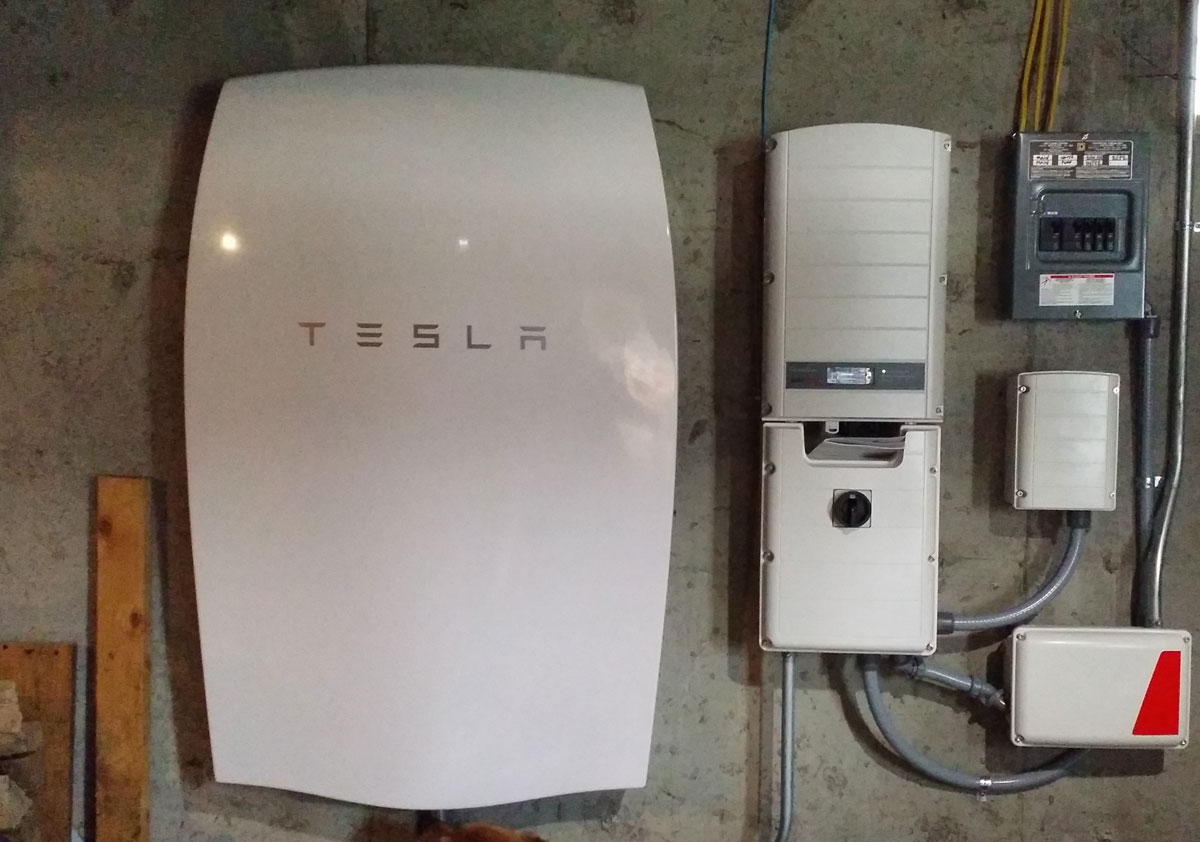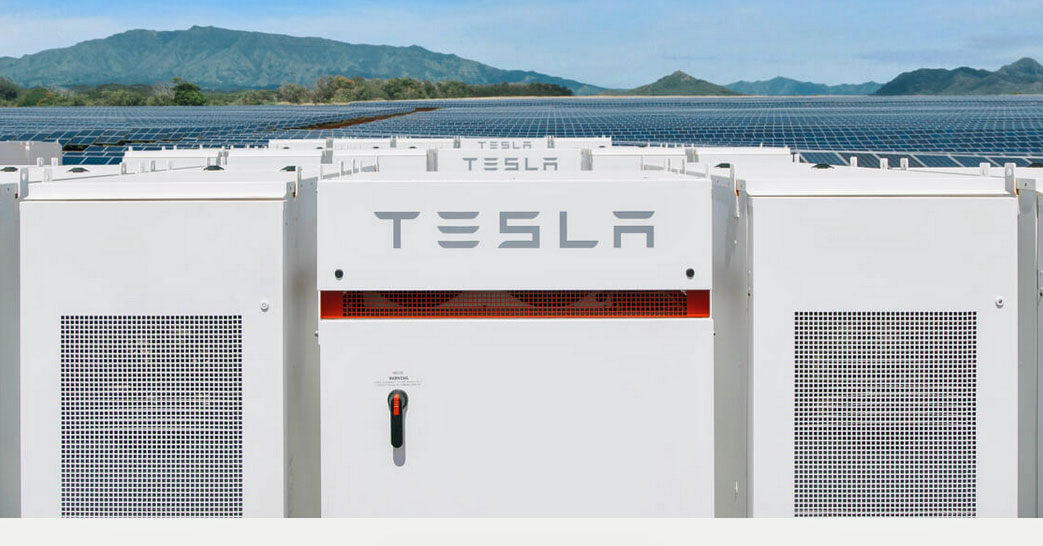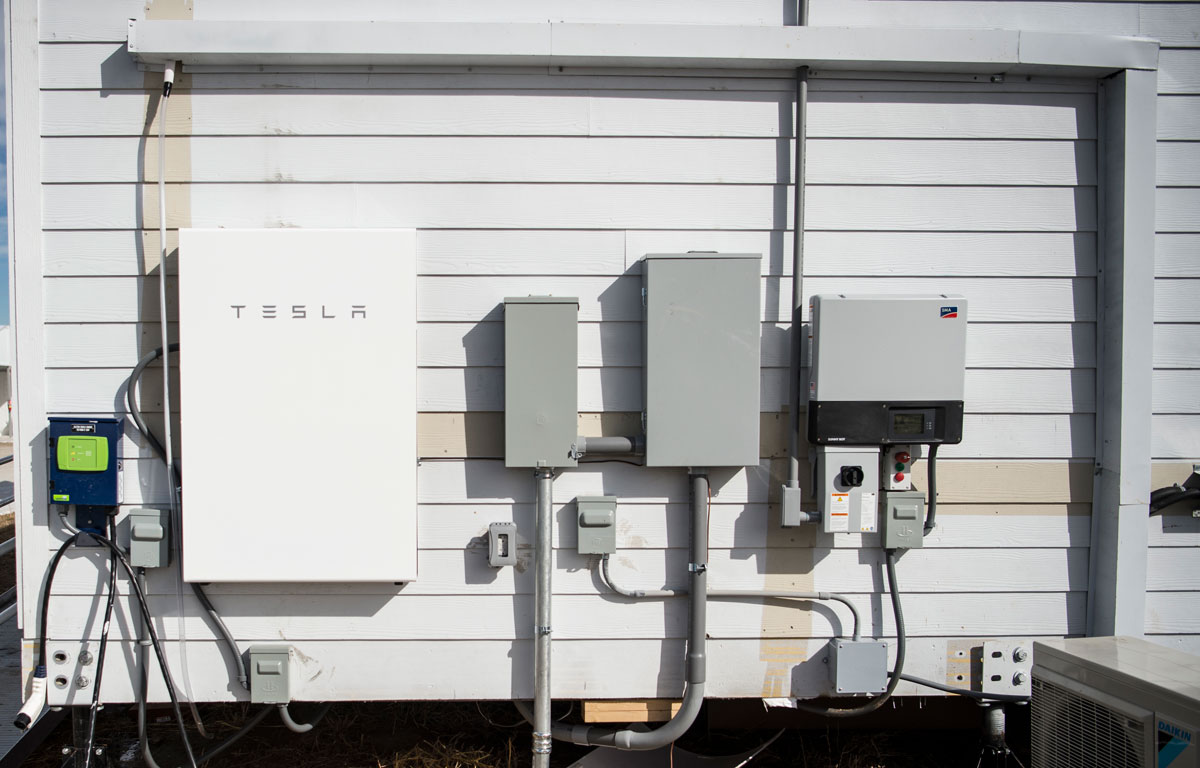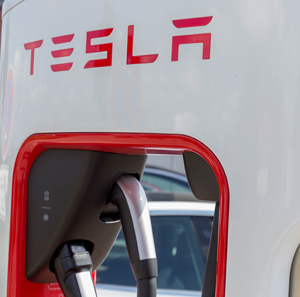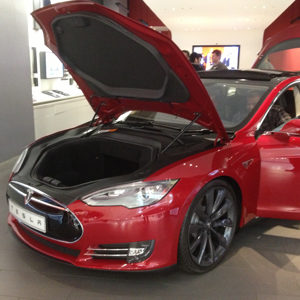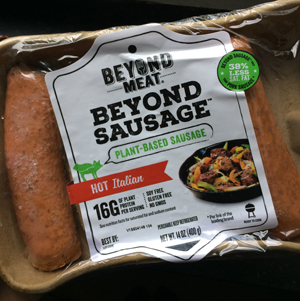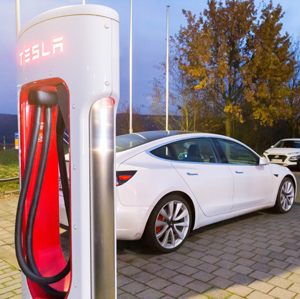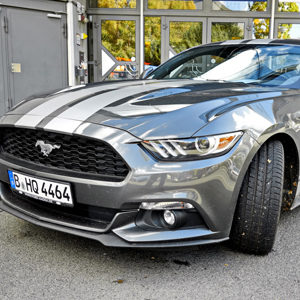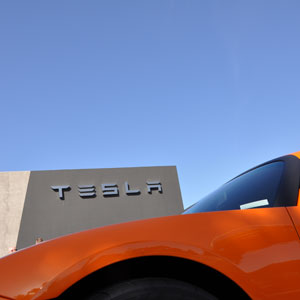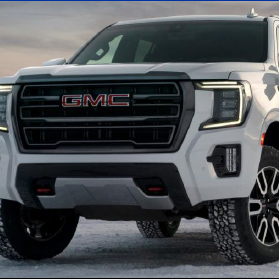Other than electric vehicles, Tesla also manufactures and sells a variety of energy product. Tesla is leveraging its expertise on energy management and manufacturing processes developed for electric vehicles to develop these energy products for use in homes, commercial facilities and on the utility grid. Tesla’s energy products consist of both the energy storage products and solar energy system.
Energy Storage Products
Tesla uses its engineering expertise in battery architecture, thermal management and power electronics that was originally developed for electric vehicles to develop and manufacture energy storage products. Powerwall 2 and Powerpack 2 are the two leading energy storage products. These energy storage products are mainly used as power backup, grid independence, peak demand reduction and as frequency regulators and voltage controllers in a number of applications.
Powerwall 2
Developed for residential and small commercial facilities, the Powerwall 2 is designed for energy storage and as power backup in the event of grid outage. The Powerwall 2 is a rechargeable lithium-ion battery which has a maximum capacity of 14kWh.
Tesla Powerwall Energy Storage
Powerpack 2
On the other hand, the Powerpack 2 is another energy storage product targeted for commercial and industry facilities. The Powerpack 2 is a fully integrated energy storage solution which has a maximum capacity of 210kWh. Tesla has designed the Powerpack 2 in a way that the product is packed with multiple 50kVa (at 480V) inverters that can be grouped together with other battery packs to form MWh and even GWh sized installation.
The usage of Powerpack 2 is for peak shaving, load shifting, self-consumption of solar generation and to provide backup power during grid outage. Moreover, the application of Powerpack 2 can be extended to utilities and independent power producers to smooth and firm the output of renewable power generation sources, provide dynamic energy capacity to the grid, defer or eliminate the need to upgrade transmission infrastructure and provide a variety of other grid services.
Tesla Powerpack Energy Storage
In addition, there has already been cases where the Powerpack 2 is combined with renewable energy generation sources such as solar system or windfarm to create microgrids to provide remote communities with clean, resilient and affordable electricity.
Solar Energy System
Tesla’s solar energy system consists of a few components that make up the whole system. One major component is the solar panels that convert sunlight into electrical current. The solar panels are produced in Gigafactory 2 in collaboration with Panasonic. Besides, the system also comes with inverters that convert the electrical output from the panels to a usable current compatible with the electric grid. Other components that make up the solar energy system include the racking that attaches the solar panels to the roof or ground, electrical hardware that connects the solar energy system to the electric grid and monitoring device.
Tesla Solar Energy Generation System
In October 2016, Tesla unveiled the Solar Roof. The Solar Roof is an integrated solar energy system that comes with aesthetically pleasing and durable glass roofing tiles. The Solar Roof is different from any other typical solar panels on the market. It is designed in a way to complement the architecture of homes and commercial buildings while turning sunlight into electricity.
The Solar Roof look just like a typical house roof with same color and design. You will not notice that the roof is in fact a solar panel that turns sunlight into electricity.
Disclosure:The authors wrote this article themselves, and it expresses their own opinions. The authors are not receiving compensation for writing the article. The authors have no business relationship with any company whose stocks are mentioned in this article.
References:
1. All images are obtained from the following websites: Bryan Alexander, Open Grid Scheduler, National Renewable Energy Lab and Tesla Commercial.
